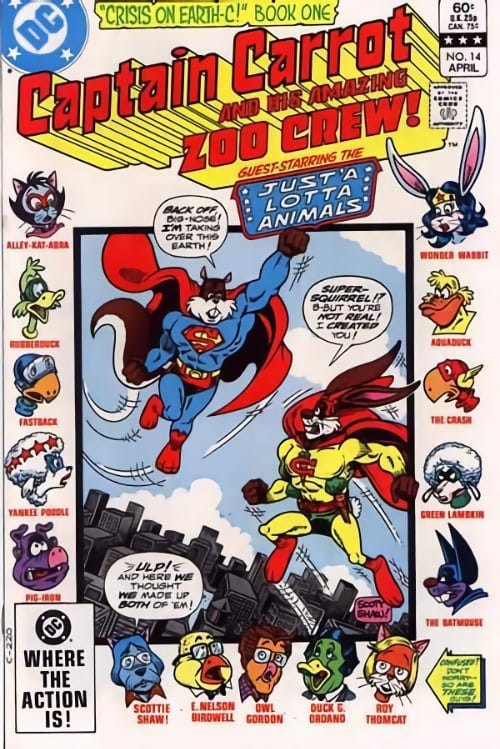


After loading data to Power BI Desktop can establish the relationship between tables.Prepare by mashing up the data and create a data model using power query which uses M Query Language.Connect and access various of on-prem and cloud sources like Excel, CSV/Text files, Azure, SharePoint, Dynamics CRM, etc.It also offers us to embed the report into our application or website. Power BI is a Data Visualization & Business Intelligence tools that offer us to connect to single or multiple data sources and convert that connected raw data into impressive visual and share insights across an organization. Report:Įmbedding report is easy with Power BI, whereas, embedding report is a real-time challenge in Tableau. Power BI provides Account based subscription, whereas, Tableau provides Key based subscription. Power BI handles these large data sets by using Premium Capacity. Capacity:īoth Power BI and Tableau are capable of handling large data sets. Power BI connects limited data sources while increasing its data source connectors in monthly updates, whereas, Tableau can connect to numerous data sources. Power BI uses DAX for measures and calculated columns, whereas, Tableau deploys MDX for measures and dimensions. Power BI is available at an affordable price, whereas, Tableau is more expensive than Power BI. Power BI is provided by Microsoft, whereas, Tableau products offers its products all business users of any background. Embedding report is a real-time challenge in tableau.It can connect to numerous data sources.It Provides Account based subscription.Can handle large data sets using Premium Capacity.Connect limited data sources but increasing its data source connectors in monthly updates.Uses DAX for measures and calculated columns.It is available at an affordable price.Let’s put a difference between Power BI and Tableau:


 0 kommentar(er)
0 kommentar(er)
